Equipped with a black and white LCD, the sat finder meter displays satellite longitude/latitude, power (PWR), and DiSEqC data, while also measuring signal strength, quality, bit error rate, and power. Software updates are available via a Micro USB port, and sat meter’s accessory plugs are available in EU, US, AU, and UK versions. Real-time satellite signal images and signal quality feedback allow users to precisely adjust the antenna's azimuth and elevation.
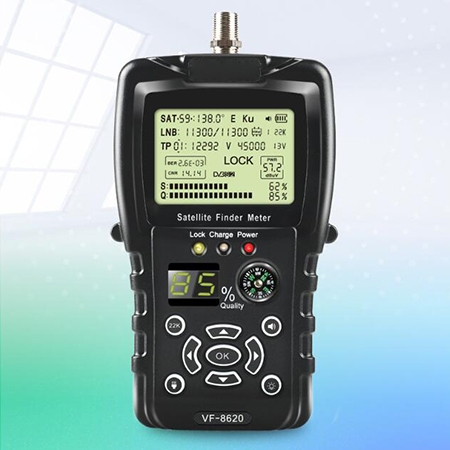
Black and white HD LCD screen, supports nighttime operation
- The satellite meter is equipped with a black and white LCD screen, typically used to display key parameters such as signal strength, frequency, and polarization angle, making it suitable for basic debugging needs.
- The backlit buttons support nighttime operation.
- The satellite sat finder features high-brightness LED lighting and supports DVB-S/DVB-S2.
- The digital satellite finder displays satellite longitude/latitude, bit error rate (BER), signal-to-noise ratio (SNR), power (PWR), and DiSEqC data. Tests include signal strength, quality, BER, and power.
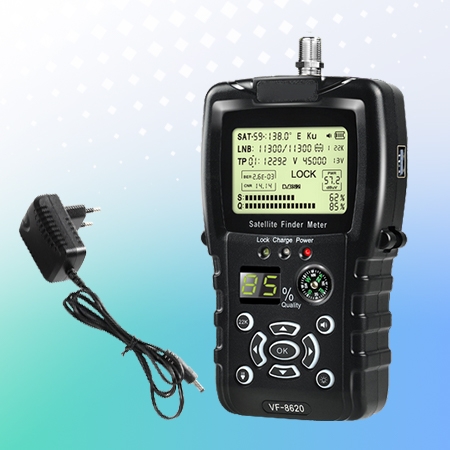
Multiple plug options, low power consumption
- The tv satellite finder software is updated via a Micro USB port, and satellite model numbers are displayed graphically and numerically.
- The satellite sat finder has an output power of 13/18V, 350mA, and is available with optional connector plugs in EU (default), US, AU, and UK specifications.
- It offers ultra-long standby time and low power consumption. The hd satellite finder has a lightweight design and a comfortable feel. The high-definition digital satellite finder significantly improves the efficiency of satellite TV installation and maintenance, and is particularly suitable for signal debugging in remote areas or complex environments.
Satellite Finder Meter structure
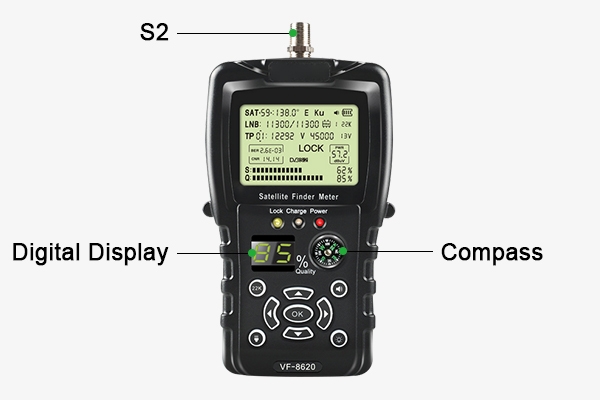
Application
The digital satellite finder features satellite dish installation and commissioning, satellite signal monitoring, and convenient field testing, making it suitable for home or commercial satellite TV (DVB-S/DVB-S2) installations. It is also suitable for use as a satellite reception device on boats, in campers, and in remote locations. The satellite sat finder is used in communications technology and satellite system training courses to help students understand the principles of satellite signal reception.
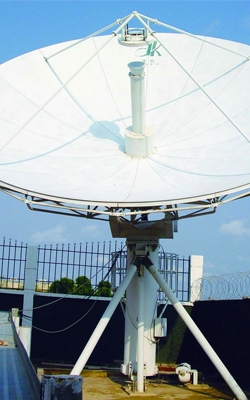
SAT Communications

Maritime Communications
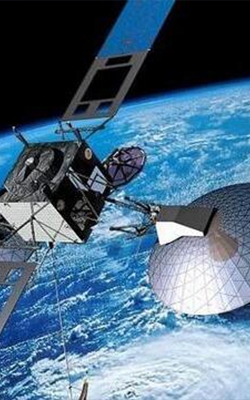
SAT Measurement Teaching
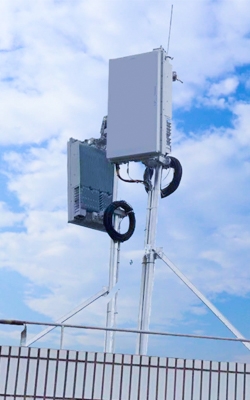
Telecommunications
| Model | SISCO-SF-VF-8620 |
| LCD | HD, Black and white |
| Function | Fully supports DVB-S/DVB-S2 |
| Display Show | Satellite latitude/longitude, bit error rate (BER), signal-to-noise ratio (SNR), power (PWR), and DiSEqC data. |
| Battery Supply | Lithium-ion battery with approximately 5 hours of battery life. |
| Support | low-voltage charging and automatic wake-up from dormant batteries. |
| Tests | Signal strength, quality, bit error rate, power, etc. |
| Power Supply | 12V, 1A |
| Minimum Input Level | -35dBuV (noise) |
| Maximum Input Level | -90dBuV |
| Input Frequency | 950 to 2150MHz |
| Input Impedance | 75Ω |
| Output Power | 13/18V, 350mA |
| Plug Options | EU, USA, AU, UK |
| Size |
21.5 x 5.3 x 15 (cm) |
Q1: What is a satellite finder?
A1: A satellite finder is a portable device designed specifically for debugging satellite signal reception systems. It's primarily used to accurately locate satellites, optimize antenna parameters (such as azimuth, elevation, and polarization), and monitor signal quality in real time.
Q2: How does a digital satellite finder work?
A2: The finder connects to the satellite antenna's LNB to receive the satellite's RF signal (L-band, 950-2150 MHz). After demodulation, it displays parameters such as signal strength, modulation method (such as 16APSK for DVB-S2), and symbol rate. Users adjust the antenna's azimuth, elevation, and polarization based on real-time data to achieve optimal signal quality.
Q3: What's the difference between a satellite finder meter and a regular receiver?
A3: Designed specifically for debugging, a satellite signal finder emphasizes real-time parameter feedback (such as constellation diagrams and spectrum scans) over program decoding.
Portability and Professionalism: Its compact size and high functional integration (such as a built-in compass) make it suitable for field operations.
Tips: What are satellite finders used for?
The satellite signal meter helps users quickly locate satellite signals and adjust the angle of satellite antennas for home or commercial satellite TV (DVB-S/DVB-S2) installations. The satellite sat finder measures signal strength and quality to ensure stable reception, and can be used to maintain and optimize existing satellite reception systems.
Thank you for buying industrial test and measurement equipment on SISCO.com, all products sold by SISCO and the partner cover a 12 months warranty, effective from the date of receiving the products.
What is covered?
SISCO is responsible for providing free spare parts, and free technical support to assist the customer to repair the defective products until the problem is solved.
What is not covered?
- Product purchased from anyone other than a SISCO store or a SISCO authorized reseller.
- Expendable parts.
- Routine cleaning or normal cosmetic and mechanical wear.
- Damage from misuse, abuse or neglect.
- Damage from use of parts other than SISCO approved.
- Damage from use outside the product’s usage or storage parameters.
- Damage from use of parts not sold by SISCO.
- Damage from modification or incorporation into other products.
- Damage from repair or replacement of warranted parts by a service provider other than a SISCO authorized service provider.
- Damage caused by the application environment not meeting the product usage requirements and the failure to perform preventive maintenance.

